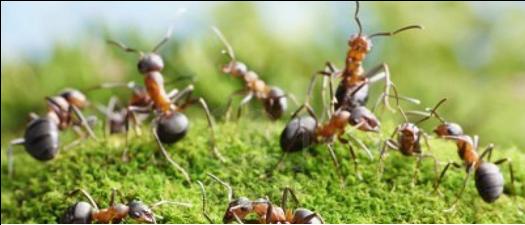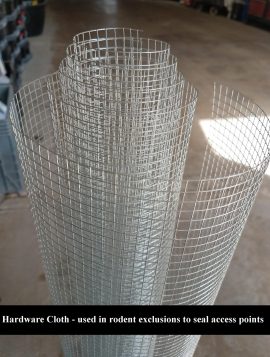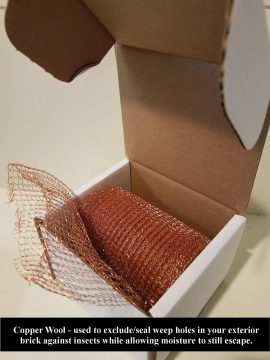Rats and mice are common throughout Texas and most home owners will have to deal with rodents at one time or another. We can supply and install baits, traps and provide mechanical exclusion for rodent control. In addition, here are some tips in dealing with rodents:
Identify the signs of a rodent infestation
- Droppings
- Chewing marks / damaged food packages
- Holes/burrows
- Rub marks on walls
- Sightings
Glue Boards
Place boards wherever droppings are located or by damaged product, no baiting needed, but can increase number caught. Boards may also be placed along side walls in active areas or placed inside tube or box to protect non-target pets or children.
Snap Traps
Snap traps should be placed perpendicular to the wall forcing the rodent to cross over the trap or run around trap. Multiple traps can be laid end to end with triggers facing in opposite directions. For mice, peanut butter is okay to bait trap or colored yarn. For rats, bait should be firmly attached to trigger of trap. The best bait is whatever the rats have been eating in your situation, colored yarn will also work. Add a little salt to increase attractiveness of bait.
Multiple Catch Traps
This is the most effective way to trap a large number of mice. Traps are laid horizontally along the wall where mice are active. Space traps no further than 25 feet apart along wall and on either side of every door. No bait is necessary but does increase attractiveness of trap to mice, remember to check traps regularly.
Rodenticides
Contrary to what you may have heard, rodenticides do not force the rodent to go outside to die! Rodenticides should always be placed out of reach of children and non-target animals. All rodenticides are poisonous to people and pets. Rodenticides can be used to clean out large populations or as a maintenance program to kill occasional rodent problems. Baiting outside in tamper-resistant bait boxes provides year round protection. Baits in the attic, in the garage and storage buildings work well but still need to be protected.
In addition to eliminating these pests from your home, you want to do everything possible to reduce the possibility that they will return. We offer Exclusion Services for just that purpose.
What is an Exclusion Service? We are so glad you asked.
Pest exclusion is an essential component of a complete pest management plan. It is your first line of defense against a pest invasion. The first step in this process is to thoroughly inspect the building for vulnerable areas and fortify them wherever possible. The key to pest exclusion is sealing and securing all possible points of entry into the dwelling. Sealing gaps and crevices will help prevent rodents and pests such as cockroaches, rats or mice from easily entering and traveling from one area of your home to another without being seen.
The idea behind this integrated pest management tactic is that it’s much easier (and safer for the environment) to simply keep pests out than to reverse an infestation once it takes hold.







